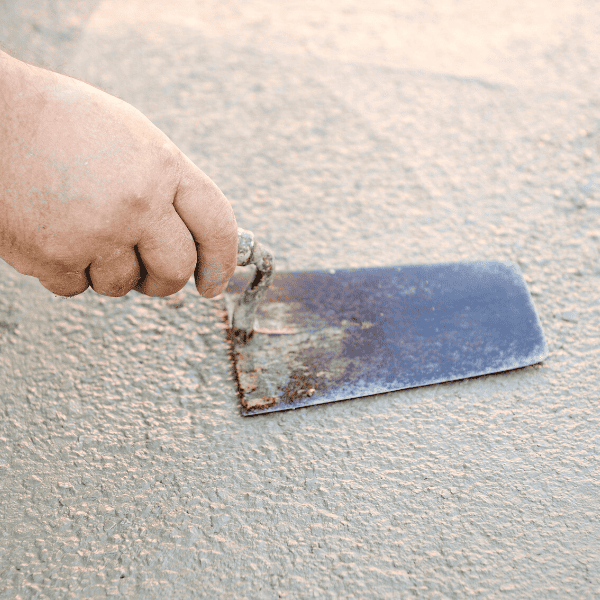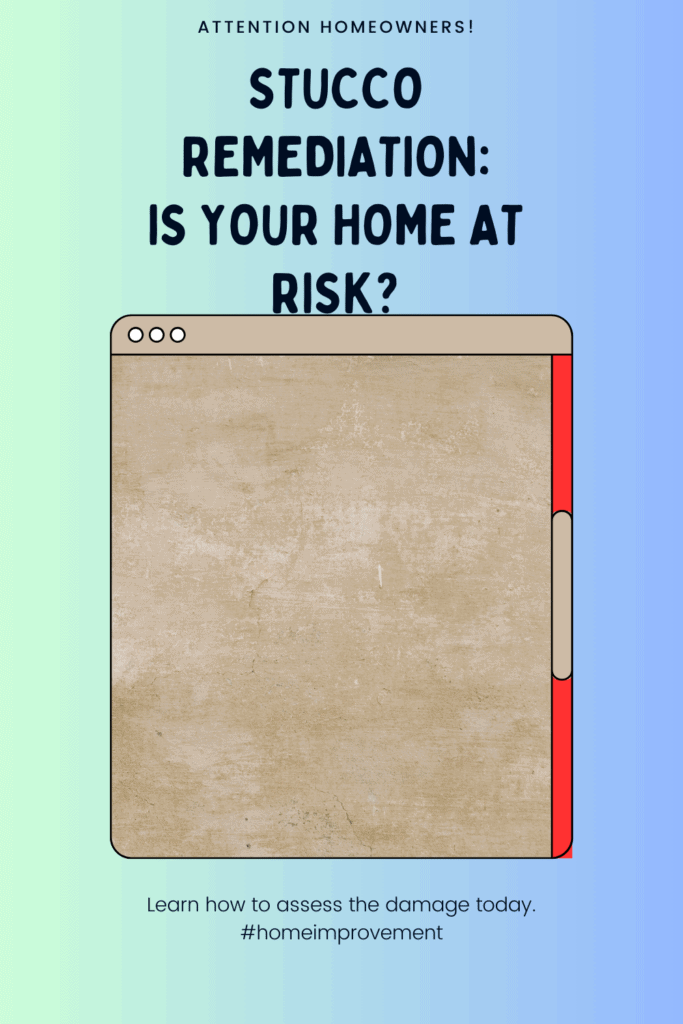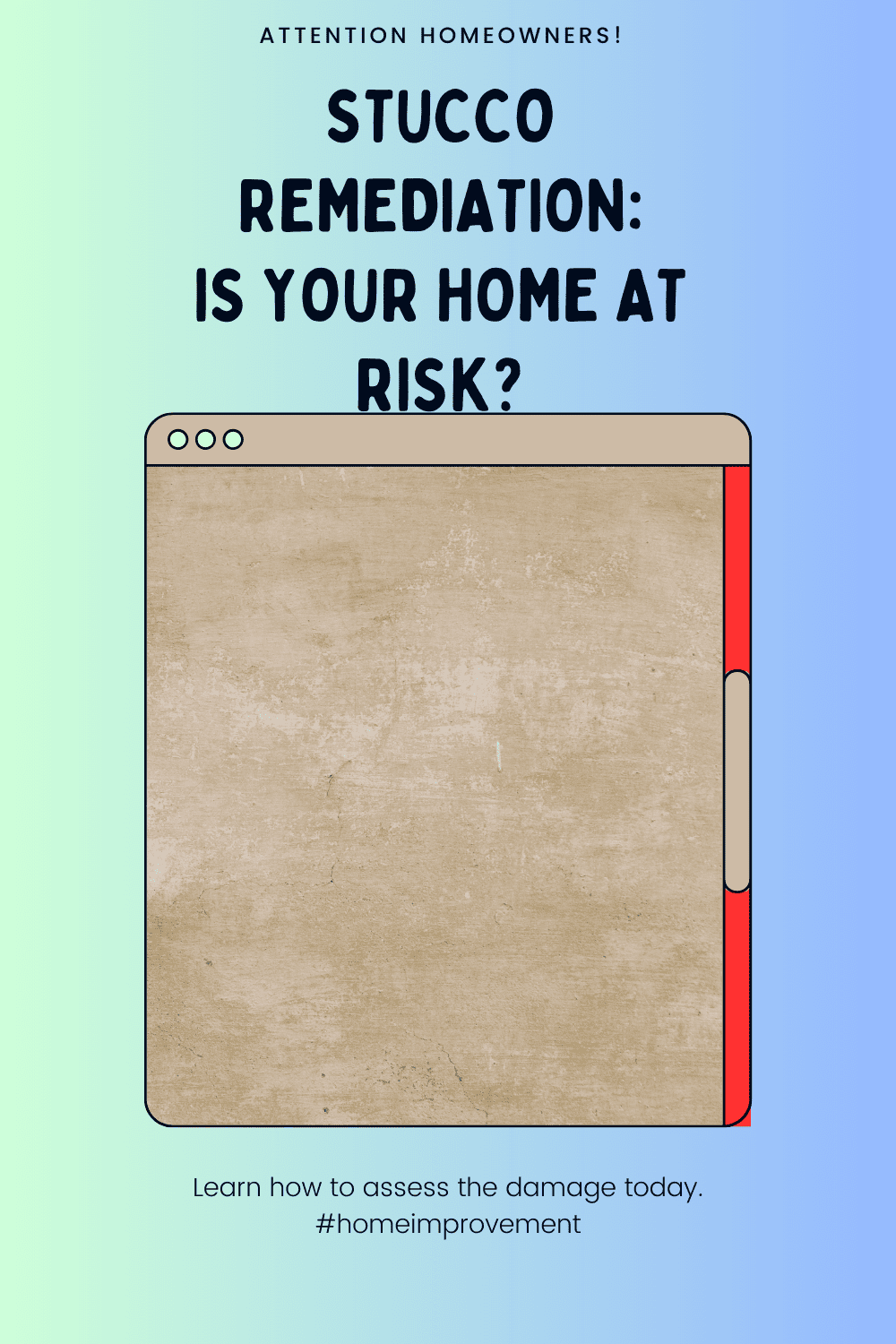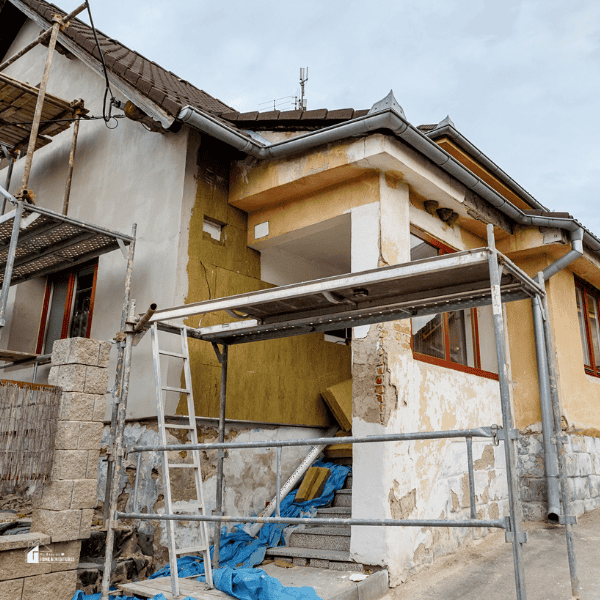Stucco Remediation: Is Your Home at Risk and How to Assess the Damage
This post may contain affiliate links which might earn us money. Please read my Disclosure and Privacy policies hereWhen it comes to home exteriors, stucco has long been a popular choice for its timeless aesthetic appeal, durability, and versatility.
However, over the years, many homeowners have faced unexpected challenges related to their stucco-clad homes.
Stucco remediation has become a common term in the world of home maintenance, as issues with stucco installations have led to water damage, mold growth, and structural problems.
In this article, we'll explore the risks associated with stucco homes and how to assess the damage to determine if stucco remediation is necessary.

The Popularity of Stucco
Stucco is a traditional building material that has been used for centuries, and its popularity continues to this day.
It is a mixture of cement, sand, lime, and water that, when properly applied, creates a strong and attractive exterior finish. Stucco is known for its ability to resist fire, insects, and rot, making it a truly appealing choice for homeowners looking for a low-maintenance option.
The Risks of Stucco
While stucco offers many benefits, it is not without its risks, especially when it is not installed or maintained correctly.
The primary issue with stucco homes is moisture infiltration, as when water finds its way behind the stucco facade, it can become trapped, leading to a host of problems:
Water Damage
Prolonged exposure to moisture can cause the underlying wood framing and sheathing to rot. This can weaken the structural integrity of the home and lead to costly repairs.
Mold and Mildew
Moisture trapped behind stucco can create the perfect environment for mold and mildew growth. Not only can this be a health hazard, but it can also damage the interior of your home.
Cracking and Peeling
Stucco that has absorbed moisture may develop cracks or begin to peel, compromising its appearance and protective qualities.
Insulation Issues
Water infiltration can reduce the insulation properties of your home, leading to higher energy bills as your heating and cooling systems work harder to maintain a comfortable indoor temperature.
Aesthetic Problems
Even if there are no structural issues, water damage can lead to unsightly stains and discoloration on the exterior of your home, reducing its curb appeal.
Assessing Stucco Damage
Detecting stucco damage early is crucial to prevent further issues and reduce repair costs. Here are some steps to assess the damage:
Visual Inspection
Begin with a visual inspection of your home's exterior. Look for cracks, peeling paint, or stains on the stucco surface. Pay attention to areas around windows, doors, and rooflines, as these are common entry points for moisture.
Probe Testing
Use a screwdriver or a similar tool to gently probe the stucco in suspicious areas. If the stucco feels soft, crumbles easily, or you can push the tool into the surface, it may be a sign of underlying moisture damage.
Moisture Testing
Moisture meters can be used to measure the moisture content of the stucco. High moisture levels in the stucco may indicate a problem. It's essential to test various areas of the home's exterior to get a comprehensive assessment.
Interior Inspection
Check the interior of your home for signs of any water damage, like mold growth, musty odor or water stains, as these can be indicators of moisture infiltration from the exterior.
Professional Inspection
When in doubt or if you suspect damage, it's wise to consult a professional stucco contractor. They have the tools and expertise to assess the extent of the damage accurately and properly repair it.
Stucco Remediation Options
If you've determined that your stucco-clad home has suffered damage, it's very important to promptly address the issue. Stucco remediation options vary depending on the severity of the damage:
Repairs
In some cases, minor damage can be repaired by patching and reapplying stucco in the affected areas. This is a cost-effective solution for small issues.
Partial Remediation
If the damage is more extensive but limited to specific areas, you may opt for partial remediation. This involves removing and replacing the damaged stucco sections while leaving the unaffected portions intact.
Full Remediation
In severe cases of water damage or widespread issues, a full stucco remediation may be necessary. This involves completely removing the existing stucco, addressing any underlying structural problems, and applying a new stucco system correctly.
Improved Drainage
It's essential to improve the drainage and moisture management around your home in order to prevent future damage. This may involve installing proper flashing, sealants, and other moisture-resistant barriers.
Alternative Exteriors
If stucco remediation is not feasible or cost-effective, you may consider alternative exterior options, such as vinyl siding, brick, or stone veneer.
Choosing a Qualified Contractor
Regardless of the remediation option you select, you’ll need to work with a qualified contractor who specializes in stucco remediation. Here are some tips for choosing the right professional:
- Experience: Look for contractors with a proven track record in stucco remediation. Ask for references and check their past projects.
- Licensing and Insurance: Ensure the contractor is licensed, bonded, and insured to protect yourself in case of any unforeseen issues.
- Warranty: Inquire about the warranty they offer on their work. A reputable contractor should provide a warranty that covers both materials and labor.
- Detailed Estimate: Get a detailed written estimate that outlines all the work to be done, the materials to be used, and the cost breakdown.
- Communication: Choose a contractor who communicates effectively and is responsive to your questions and concerns throughout the remediation process.

Conclusion
Stucco homes can be beautiful and durable, but they are not immune to the risks associated with moisture infiltration. To avoid costly repairs and maintain the value of your home, it's essential to assess stucco damage periodically and address any issues promptly.
Whether you opt for repairs, partial remediation, or full stucco remediation, working with a qualified contractor is key to ensuring the job is done correctly.
With the right approach and professional guidance, you can enjoy the benefits of a stucco-clad home without the worries of hidden moisture damage.







